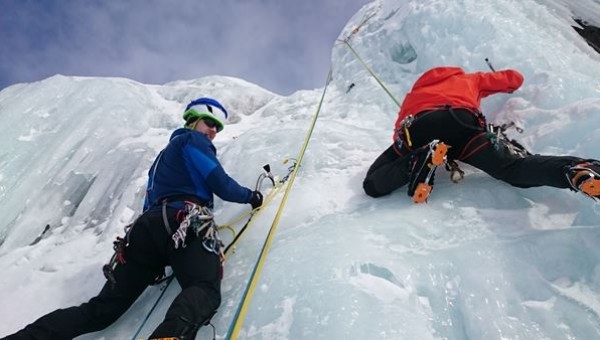Risk Disclosure Example
Attached below is an example of a risk disclosure document. It outlines the inherent risks associated with participating in these activities and requires participants to acknowledge and accept these risks before engaging in the activity.
Download the risk disclosure example here.


